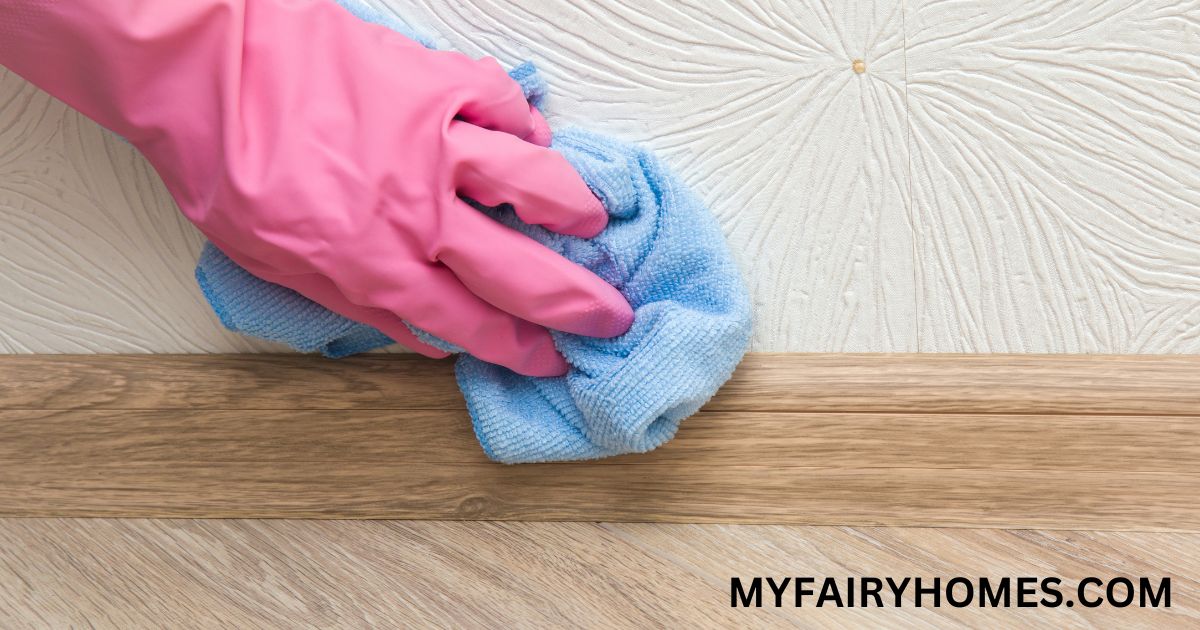Baseboard gaps, whether at the top where the baseboard meets the wall or at the bottom where it meets the floor, are not only unsightly but can also lead to drafts and energy loss. In this comprehensive guide, we will explore the effective solution of caulking baseboards, while keeping in mind Google’s new policy on SEO.
Caulking as an Effective Solution:
Caulking is an easy and effective way to address baseboard gaps, although it may not be suitable for all situations. If the gaps are significant, it may be necessary to consider replacing shoe moldings, baseboard moldings, or both for a more thorough fix.
Addressing Gaps at The Bottom:
Gaps between the baseboard and the floor often occur due to sagging floor joists or settling foundations over time. These gaps can lead to air infiltration and impact your home’s energy efficiency. By applying a bead of caulk at this joint, you can effectively block these air gaps and improve energy consumption.
Dealing With Gaps at the Top:
Gaps at the top of the baseboard are typically caused by the molding not conforming closely to the wall. This is especially common in older homes where walls may not be perfectly flat. Even in newer constructions, gentle curves can create irregular gaps along the top of the baseboards. To achieve a smoother appearance, simply run a continuous bead of caulk along the top of the baseboard where it meets the wall.
TIPS
A simple and effective method to remedy gaps along the bottom of your baseboard is by replacing the small 1/4-round or shoe molding that typically covers it. Over time, this molding tends to suffer damage, making the installation of new shoe molding a significant improvement for your baseboards. The thinness of shoe molding allows it to be bent during installation to accommodate uneven floors.
When caulking baseboard gaps, it’s important to select the appropriate caulk that suits your needs. In accordance with Google’s new SEO policy, we provide valuable information to help you make an informed decision.
If you cannot find an exact color match for your walls and baseboards, make sure to buy a paintable caulk. Paintable caulks are typically acrylic latex products that may contain some silicone. Unlike non-paintable caulks, which are oil-based silicone, paintable caulks allow paint to adhere, ensuring a cohesive look.
While slightly more expensive than pure acrylic latex caulk, many people find that siliconized acrylic latex adheres better and creates a longer-lasting joint. Remember, caulk is not intended to reinforce joints structurally like construction adhesive does. Its purpose is to seal joints and block gaps to prevent air and moisture infiltration. Due to the natural expansion and contraction of homes, caulked baseboard gaps may reopen over time.
By understanding the differences between paintable and non-paintable caulks and considering the benefits of siliconized acrylic latex, you can make an informed decision to effectively seal baseboard gaps.
Conclusion:
Caulking baseboard gaps is a practical and efficient solution to improve the aesthetics and energy efficiency of your home. While keeping in line with Google’s new SEO policy, we have provided insights and tips to effectively address gaps at the top and bottom of the baseboards. Remember to assess the severity of the gaps and consider alternative solutions if caulking alone is insufficient. By taking these steps, you can achieve a seamless finish and enjoy a more comfortable living space.

